What Do Cats Eat_Food Guide for Healthy Cats and Best Food Recommendations
Cats are our close companions, and their health and happiness largely depend on the diet we provide. Choosing the right food for cats is as important as preparing daily meals for family members. This article will delve into cats’ dietary needs, offering you a comprehensive healthy cat diet guide and the best food recommendations to help you become a more competent “cat owner.”
Cats are obligate carnivores, which means their digestive systems are designed to efficiently process animal proteins. Unlike humans or dogs, cats have special nutritional requirements, such as taurine—an essential amino acid mainly found in animal muscle that is crucial for cats’ heart and eye health. Long-term taurine deficiency may cause serious health issues like blindness. Therefore, it is vital to choose high-quality, nutritionally balanced food for your cat.
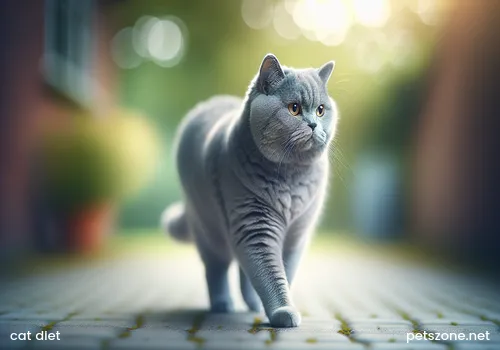
Essential Nutrients for Cats
Understanding the basic nutritional needs of cats is the first step to formulating a healthy diet plan for them. Cats primarily need the following six essential nutrients:
- Protein and Amino Acids: These are the foundation of cats’ body structure and function, especially requiring animal protein from meat.
- Fats and Fatty Acids: Fat is an important energy source for cats and critical for skin, coat health, and absorption of fat-soluble vitamins. Omega-3 and Omega-6 fatty acids are essential for maintaining a healthy immune system and shiny fur.
- Carbohydrates: Compared to proteins and fats, cats’ carbohydrate needs are low, mainly serving as an additional energy source and helping maintain intestinal health. Excessive carbohydrates may be harmful to cats.
- Vitamins: Vitamins play various vital roles, including maintaining a functioning immune system, bone development, and cardiovascular health. Vitamins A, D, E, and K are fat-soluble, while B vitamins are water-soluble.
- Minerals: Minerals are essential for cats’ bone and teeth health and many physiological functions, including calcium, phosphorus, magnesium, potassium, sodium, chloride, iron, zinc, copper, manganese, iodine, selenium, etc. The calcium-to-phosphorus ratio balance is especially important for bone health.
- Water: Water is the source of life and critical for cats’ physiological functions, including digestion and urinary system health.
Choosing Main Cat Food: Dry, Wet, or Mixed Feeding?
There are various types of main cat food on the market, mainly including dry kibble and wet food (such as canned or pouch food). Deciding which to choose often causes “choice difficulty” for cat owners.
- Dry Food: Usually in pellet form with low moisture content (about 8%-10%), dry food is relatively economical, easy to store and clean, and helps exercise cats’ teeth. However, the low moisture content means if cats drink insufficient water, urinary system issues may arise, especially in male cats. Additionally, some low-quality dry foods may contain more grains and additives.
- Wet Food: Has higher moisture content (usually over 70%), closer to cats’ natural diet in the wild, highly palatable, helps increase cats’ water intake, very beneficial for cats that dislike drinking water, and supports cats with certain illnesses (like kidney disease) by supplementing hydration. The drawbacks include higher cost, difficulty preserving once opened, and may cause some cats to make a mess while eating.
- Mixed Feeding: Many veterinarians and pet nutritionists recommend mixed feeding—combining dry and wet food. This approach offers the convenience and dental benefits of dry food while supplementing moisture and palatability through wet food, achieving nutritionally balanced intake.
When selecting cat food, always check the "Nutrition Adequacy Statement" on the packaging to ensure it meets standards set by the Association of American Feed Control Officials (AAFCO) or other authoritative bodies. This indicates the food provides complete and balanced nutrition for a specific life stage.
Dietary Characteristics at Different Life Stages of Cats
Cat dietary needs change with age, roughly divided into kitten, adult, and senior stages.
- Kitten (0-12 months): Kittens are in rapid growth and development, requiring higher protein and fat content than adult cats to support physical and brain growth. They have small stomachs and should be fed small frequent meals, 3-5 times daily. Weaned kittens (4-8 weeks) can start with softened kitten food or wet food, gradually transitioning to dry food.
- Adult Cat (1-7 years): Adult cats are fully developed; their diet should focus on maintaining healthy body condition and physiological functions. Most adult cats are fed 2-3 times daily. Food amounts should be adjusted based on weight, activity, and health to avoid overeating and obesity.
- Senior Cat (7 years and older): Senior cats have slower metabolism, reduced activity, and possible digestive decline. Diet should be low-calorie, easily digestible, and may include added nutrients like vitamins, minerals, and taurine to reduce kidney burden and maintain bodily functions. Feeding frequency can remain 2-3 times daily but with smaller portions.
Pregnant and nursing queens have significantly increased nutritional needs, requiring more protein and energy to support fetal development and milk production.
“Human Foods” Cats Can Eat (In Moderation and With Caution)
Besides commercial cat food, some human foods can be offered as treats or nutritional supplements after proper preparation, but quantities and frequency must be controlled and safety ensured.
- Cooked Lean Meat: Chicken, beef, fish (deboned), rich in high-quality protein, can be given as treats. Avoid raw meat due to potential parasites or bacteria.
- Cooked Egg Yolk: Contains lecithin, beneficial for cats’ coat health. Raw egg whites contain avidin, which inhibits vitamin B7 absorption and should not be fed.
- Small Amounts of Vegetables and Fruits: Pumpkin, carrots, peeled and cored apples can be given in small quantities to supplement vitamins and dietary fiber, aiding digestion. However, cats have low carbohydrate needs and some produce is toxic; choose carefully.
Blacklist of Foods Cats Cannot Eat
Some human foods are toxic or even fatal to cats and must be strictly avoided:
- Onions and Garlic: Destroy cats’ red blood cells, causing anemia.
- Chocolate: Contains theobromine, toxic to cats, potentially lethal.
- Grapes and Raisins: May cause kidney failure in cats.
- Alcohol and Caffeine: Highly toxic to cats’ nervous and cardiovascular systems.
- Milk and Dairy Products: Most adult cats lack lactase and cannot digest lactose, causing diarrhea and digestive problems.
- Raw Fish and Meat: May contain parasites or bacteria.
- Small Bones: Poultry bones are small and easily shattered, risking choking or digestive tract injury.
- Human Medications: Never give cats human drugs unless under veterinary guidance.
Feeding Methods and Precautions
- Regular Timing and Quantities: Establish consistent feeding times and fixed amounts to help cats develop good eating habits and avoid overeating or excessive hunger.
- Provide Ample Clean Water: Ensure cats always have access to fresh and clean drinking water. Using a pet water fountain can attract cats to drink more by providing flowing water.
- Monitor Appetite and Weight: Pay attention to cats’ eating behavior; if appetite suddenly decreases or weight changes abnormally, consult a veterinarian promptly.
- Gradually Change Cat Food: When switching foods, mix old and new gradually, increasing the new food ratio over about a week to avoid gastrointestinal upset.
- Avoid Excessive Treats: Treats can be used for training or rewards but should not make up a large proportion of the diet so as not to affect balanced nutrition or cause obesity.
- Risks of Homemade Cat Food: Though appealing, homemade cat food is challenging to balance nutritionally. Improper ratios may cause malnutrition or excesses, affecting health long term. If choosing homemade food, follow scientific nutritional formulas or consult a professional pet nutritionist.
Frequently Asked Questions
- Can cats eat only dry food?
In theory, high-quality dry food can meet basic nutritional needs, but due to its low moisture content, it is recommended to combine with wet food or ensure adequate water intake to prevent urinary issues. - How many times a day should cats be fed?
Kittens are advised to eat 3-5 times daily, adults 2-3 times, and seniors 2-3 times in small portions. Specific frequency and portions should be adjusted based on age, weight, activity, and health. - How to tell if a cat is full?
Most cats self-regulate intake if food is nutritionally balanced. Observing whether the cat still begs for food, checking body condition, and consulting vet advice help determine this. - What to do if cats are picky eaters?
Picky eating may relate to food flavor, texture, feeding environment, or health problems. Trying different flavors or textures and creating a quiet, comfortable eating space can help. Persistent picky eating affecting health should be checked by a vet to rule out diseases.
In summary, providing your beloved cat with a healthy and balanced diet requires learning and practice. By understanding cats’ nutritional needs, choosing quality commercial food or scientifically advised homemade meals, and paying attention to feeding methods and forbiddances, you can help your “furry child” grow healthily and happily, accompanying you through many wonderful moments. Remember, when you have any doubts about your cat’s diet, consulting a professional veterinarian is the best choice.
-560x560.webp)
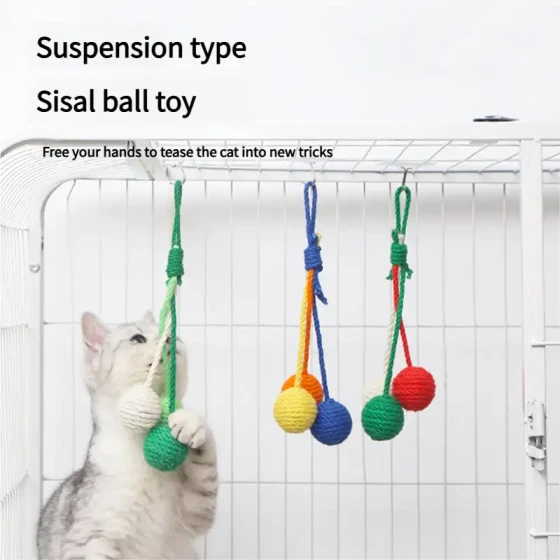
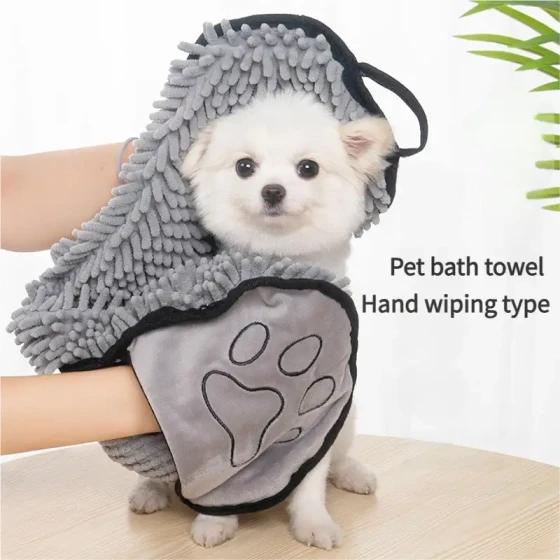
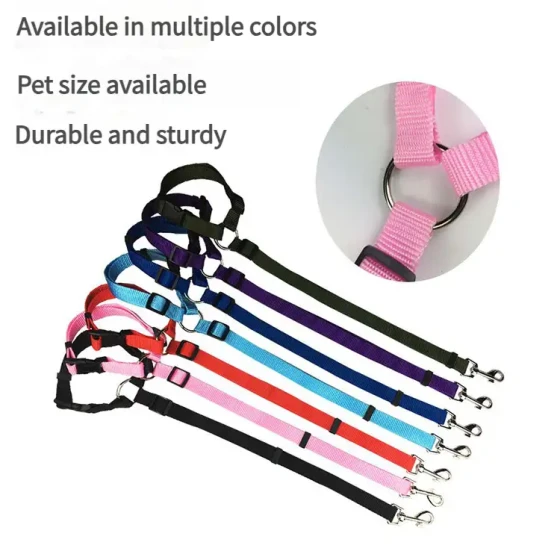
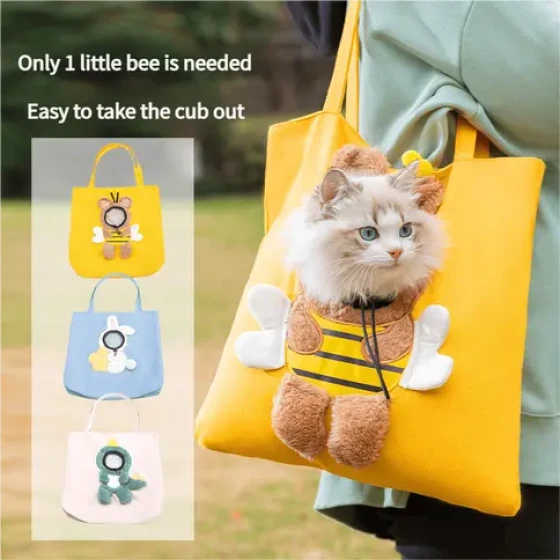
-1-560x560.webp)